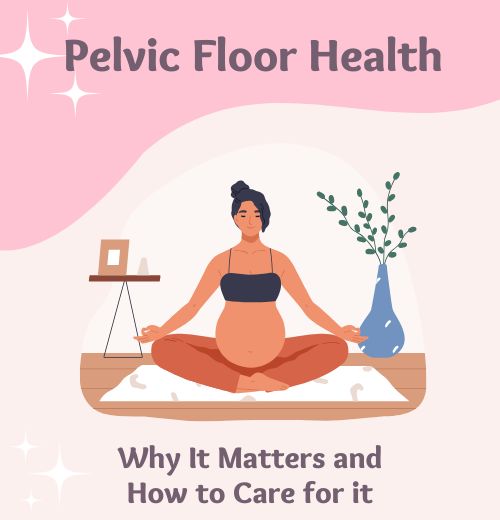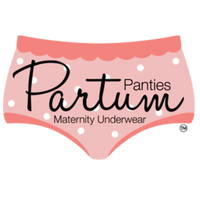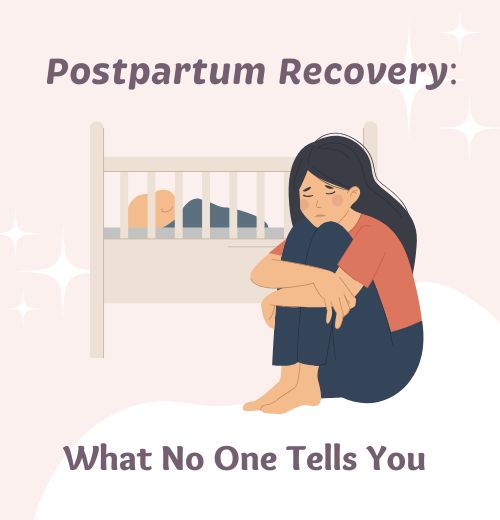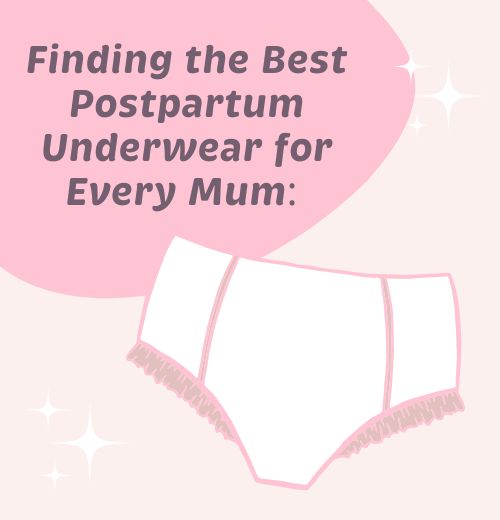Pelvic Floor Health: Why It Matters and How to Care for It

Pelvic floor health is one of the most important aspects of overall well-being, yet it often goes overlooked, especially for women, as pregnancy, childbirth, and other factors can have significant effects on its strength and function.
In this blog, we’ll explore why pelvic floor health matters, and more importantly, how to care for it—particularly during the postpartum period.
Why Pelvic Floor Health Matters
The pelvic floor is made up of a network of muscles that stretch like a hammock from the pubic bone to the tailbone. These muscles support the organs in your pelvis, control bladder and bowel movements, and contribute to sexual health. A strong, well-functioning pelvic floor is vital for overall health, while a weakened pelvic floor can lead to several health issues, including urinary incontinence, prolapse, and difficulty with bowel movements.
For women, pelvic floor health is particularly important during and after pregnancy. The pressure of carrying a baby can weaken the pelvic floor muscles, and childbirth itself—especially vaginal birth—can stretch or even tear the muscles. This can lead to long-term issues, such as incontinence or pelvic organ prolapse. Even for women who have had a C-section, the pelvic floor can still be affected by pregnancy, making postpartum recovery just as crucial for pelvic floor health.

How to Care for Your Pelvic Floor
The good news is that taking care of your pelvic floor doesn’t require complicated routines or procedures. With simple, proactive steps, you can maintain or restore your pelvic floor health. Here are some key ways to care for your pelvic floor:
Kegel exercises are perhaps the most well-known way to strengthen the pelvic floor. By contracting and relaxing the pelvic floor muscles, you can improve their strength and elasticity. To perform Kegels, imagine you are trying to stop the flow of urine, then hold the contraction for 5-10 seconds before relaxing. Aim for 10-15 repetitions, several times a day. These exercises can be done anywhere and are an effective way to prevent or manage pelvic floor dysfunction.

After childbirth, especially vaginal birth, your pelvic floor muscles can be weakened, and it’s important to provide extra support during recovery. Wearing postpartum maternity underwear or post C-section underwear is essential for providing comfort and protection while your body heals. Postpartum pads Australia are also key during this period, helping manage bleeding and offering extra comfort as you heal from the physical toll of childbirth.
Straining your pelvic floor by lifting heavy objects or engaging in high-impact activities can weaken the muscles and exacerbate pelvic floor dysfunction. It’s important to listen to your body and avoid any activities that put undue pressure on your pelvic floor during recovery. If you need to lift something heavy, be sure to use proper lifting techniques—bending at the knees and engaging your core to protect your pelvic floor.
Excess weight puts additional pressure on the pelvic floor, which can weaken the muscles over time. Maintaining a healthy weight through regular physical activity and a balanced diet can reduce this strain and help prevent pelvic floor issues. If you’re recovering from pregnancy, be mindful of your diet and exercise routine to maintain a healthy weight while giving your pelvic floor time to heal.

Keeping your pelvic floor healthy also involves managing your digestive system. Dehydration and constipation can lead to straining during bowel movements, which puts extra pressure on the pelvic floor muscles. Make sure you’re drinking plenty of water and eating foods high in fibre to keep your digestive system functioning smoothly.
If you’re experiencing persistent symptoms like urinary incontinence, pelvic pain, or pelvic organ prolapse, it’s important to seek professional help. A pelvic health physiotherapist or other healthcare provider can assess your pelvic floor health and recommend a personalised treatment plan. Early intervention is key to preventing long-term issues.
Postpartum and Pelvic Floor Care
After childbirth, the body goes through significant physical changes, and pelvic floor health is often one of the areas that requires attention. Whether you’ve had a vaginal delivery or a C-section, your pelvic floor will need time to recover. In addition to pelvic floor exercises, consider wearing post C-section underwear or postpartum briefs to provide extra support while you heal. These products are designed to offer comfort and protection during the delicate postpartum period.
Women’s disposable underwear is also helpful in managing postpartum bleeding and any accidental leaks. This practical solution ensures that you remain comfortable during your recovery, allowing you to focus on healing without worry.

Conclusion
Pelvic floor health is essential for overall well-being, and it’s particularly important during and after pregnancy. By incorporating pelvic floor exercises, using supportive products like postpartum pads Australia and post C-section underwear, and avoiding unnecessary strain, you can care for your pelvic floor and ensure long-term health. Taking care of your pelvic floor isn’t just about preventing incontinence or prolapse—it’s about enhancing your quality of life, both now and in the future.
If you have any questions about our products, please click here.


